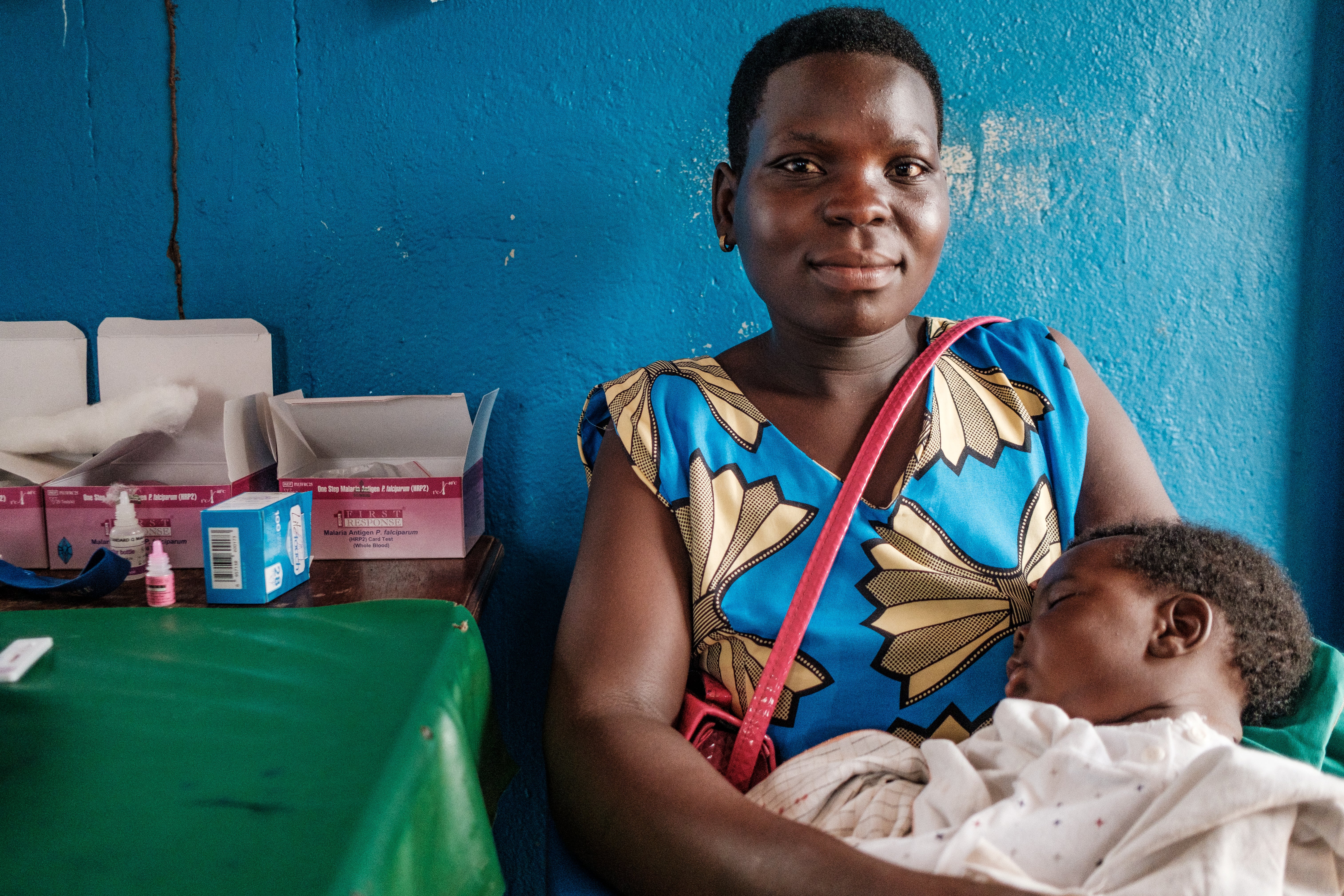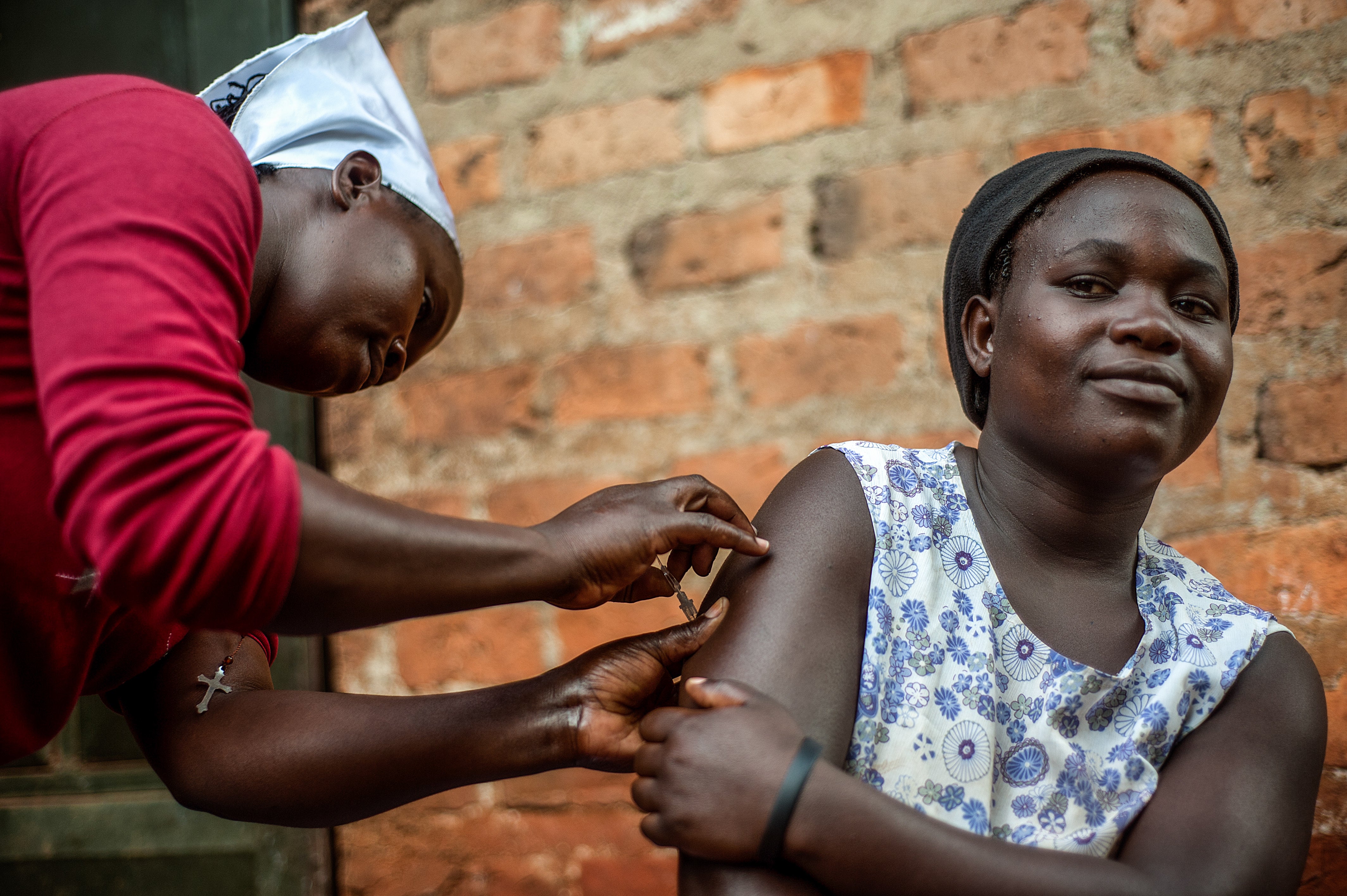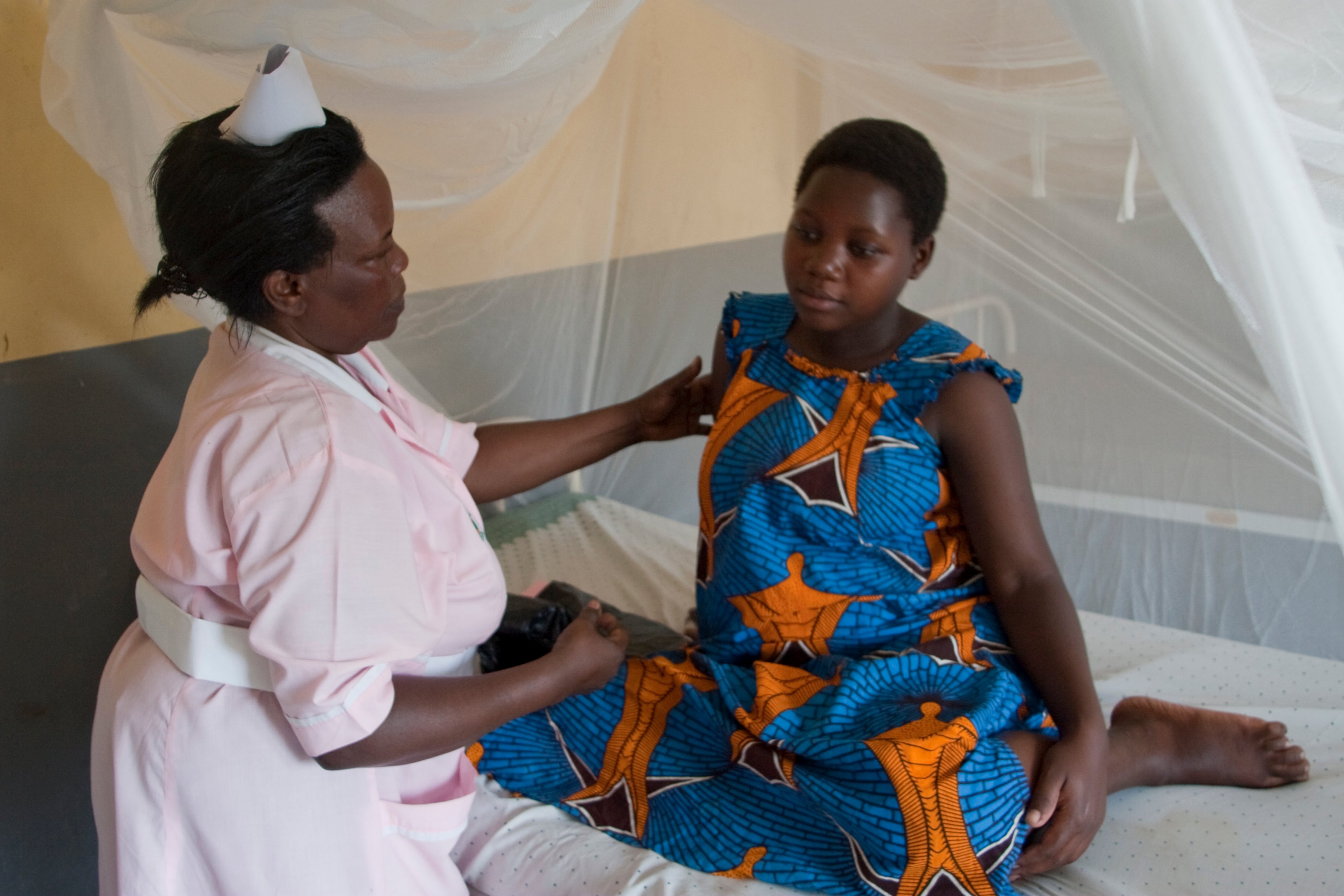Uganda
From 2006 to 2016, Uganda made steady progress in reducing anemia prevalence among non-pregnant women of reproductive age (WRA) from 40% to 31%.
CONTENTS
KEY INSIGHTS
Improved prevention and control of malaria
Control of malaria, a significant public health issue and direct cause of anemia, was a top priority, with a focus on increased coverage of key preventive interventions.

Driven by Uganda’s National Malaria Control Program, Uganda reduced its malaria burden among WRA from 30% to 19% between 2006 and 2016. Of particular importance was the scale-up and increased coverage of preventive interventions—such as insecticide-treated nets and intermittent preventive treatment during pregnancy. These efforts not only improved control of malaria but also directly contributed to reductions in its incidence among mothers, who are at the highest risk for anemia. This pathway from malaria interventions to anemia reduction underscores the critical role of targeted malaria control strategies in improving maternal health outcomes.
Family planning and modern contraceptive use
Advances in policies and programs by the Ugandan government and NGO community enabled improved access and utilization of family planning interventions at the community level.
Scaling up family planning to meet demand can help to reduce high-risk pregnancies, which are associated with iron deficiency anemia. Women with high parity (i.e., women who have had multiple pregnancies over their life) face increased iron demands, which also heightens the risk of hemorrhage, a common cause of anemia. Uganda’s Reproductive Health Commodity Security program of 2009 and PATH’s Sayana Press program—which introduced the long-acting reversible injectable contraceptive—helped drive an increase in the prevalence of modern contraceptive use among Ugandan WRA. As of 2018, 2,100 village health team (VHT) members had been trained to administer injectable contraceptives across 300 health facilities and eight districts, with 130,000 total doses administered. Between 2006 and 2016, the use of modern contraceptive methods among WRA in Uganda increased from 15% to 27%.,

Improved access and utilization of health services via community-based platforms
Village health teams played a critical role in improving access to health care in communities, including rural and underserved communities.

Established and supported by the Ministry of Health, VHTs are community-based health workers who have played a critical role in scaling up community-based preventive and health promotion services associated with efforts to manage and prevent anemia. Their efforts include providing preventive malaria interventions, counseling on family planning and modern contraceptive use, and distributing iron and folic acid supplements at the community level. VHTs have been instrumental in improving hygiene, sanitation, immunization, antenatal care, and HIV services, with many rural communities attributing reductions in specific illnesses and mortality to their work.
Uganda

Ask an Expert
Our team and partners are available to answer questions that clarify our research, insights, methodology, and conclusions.
